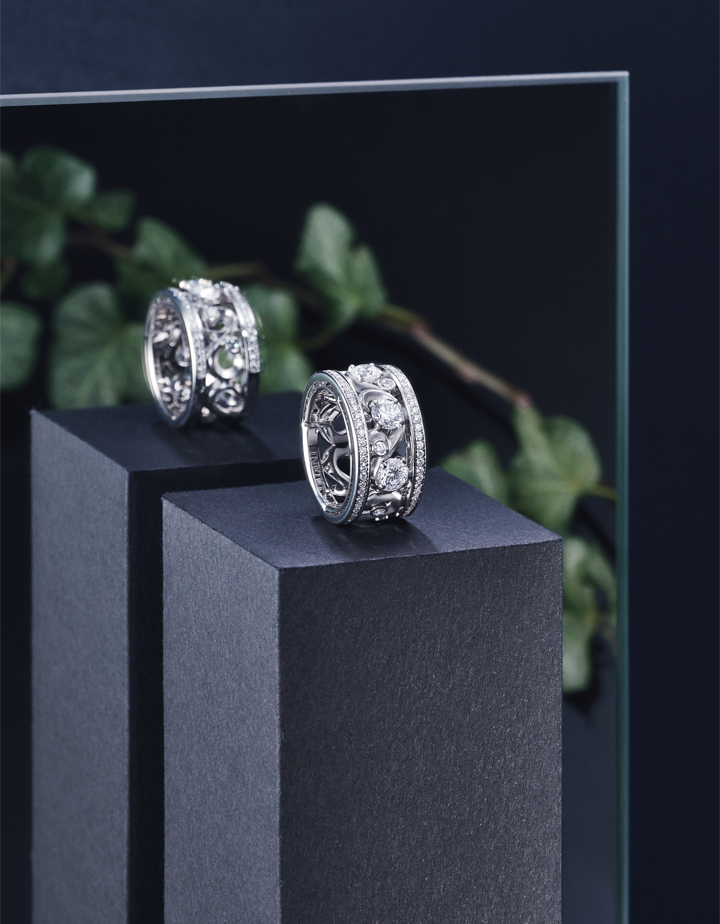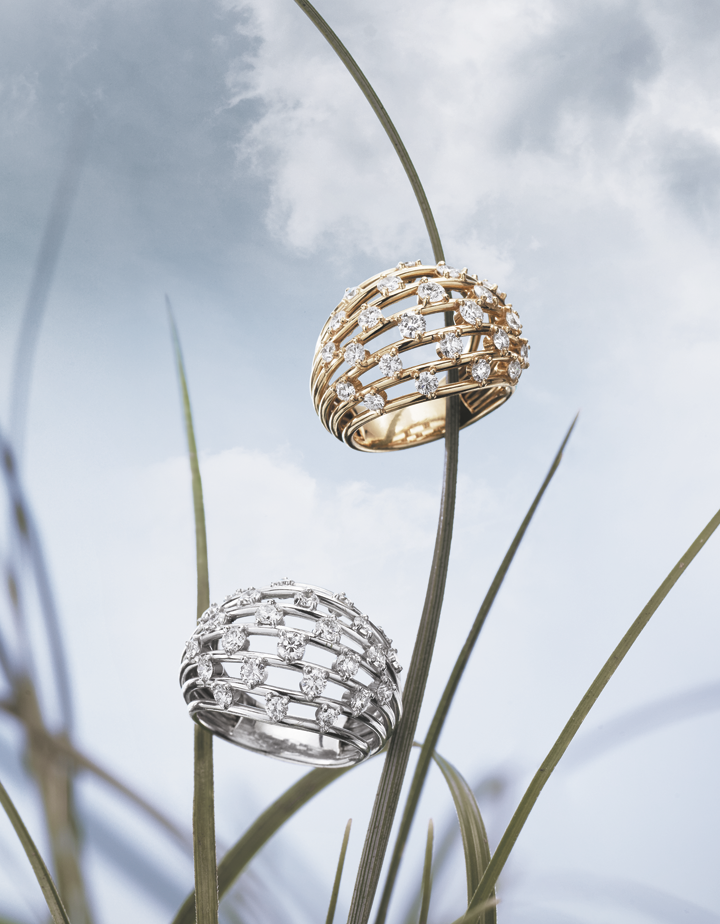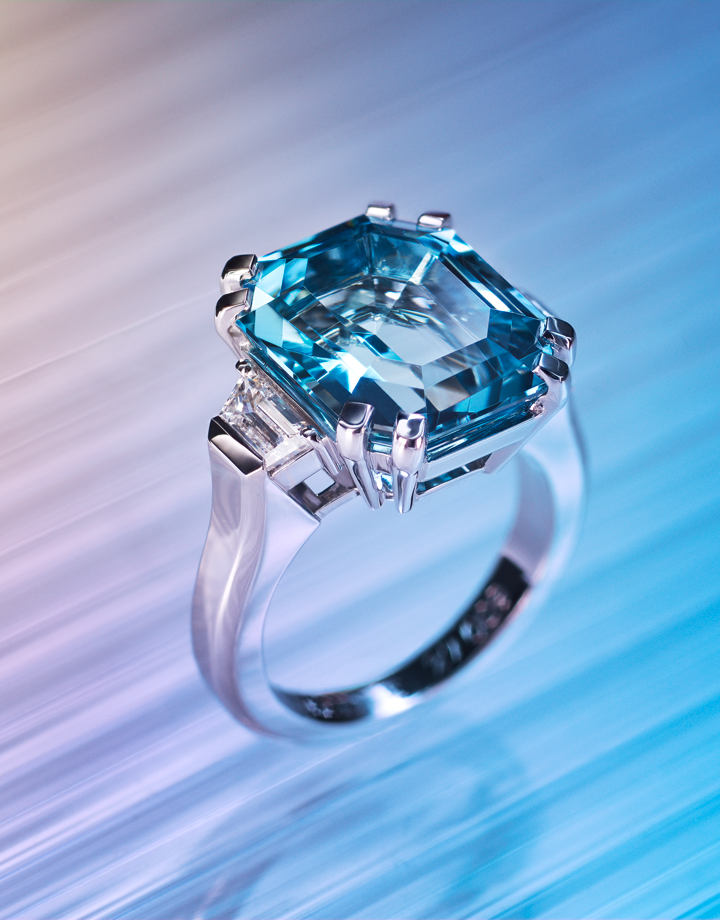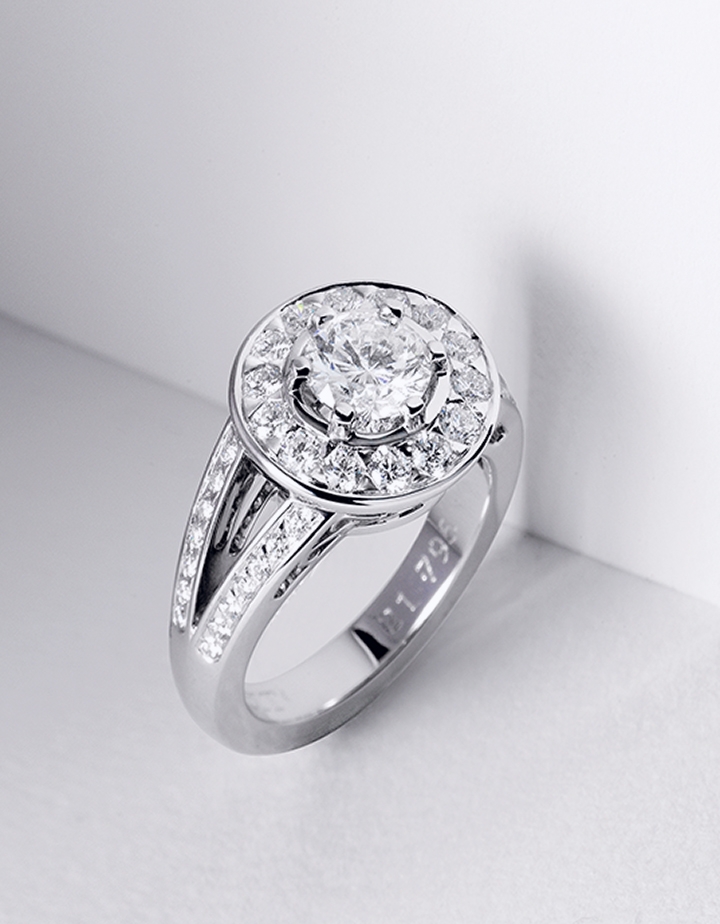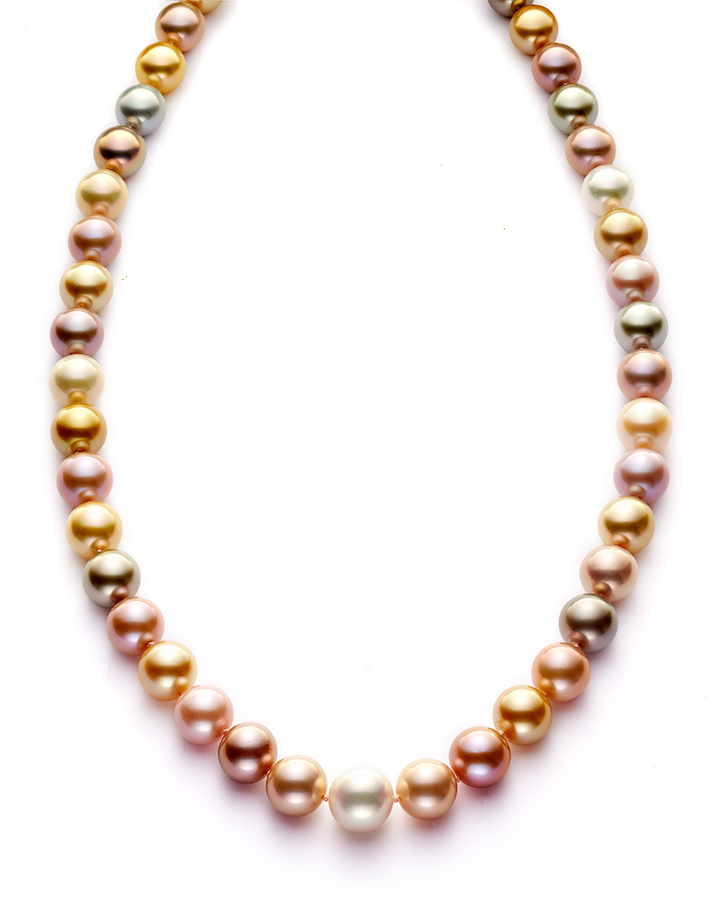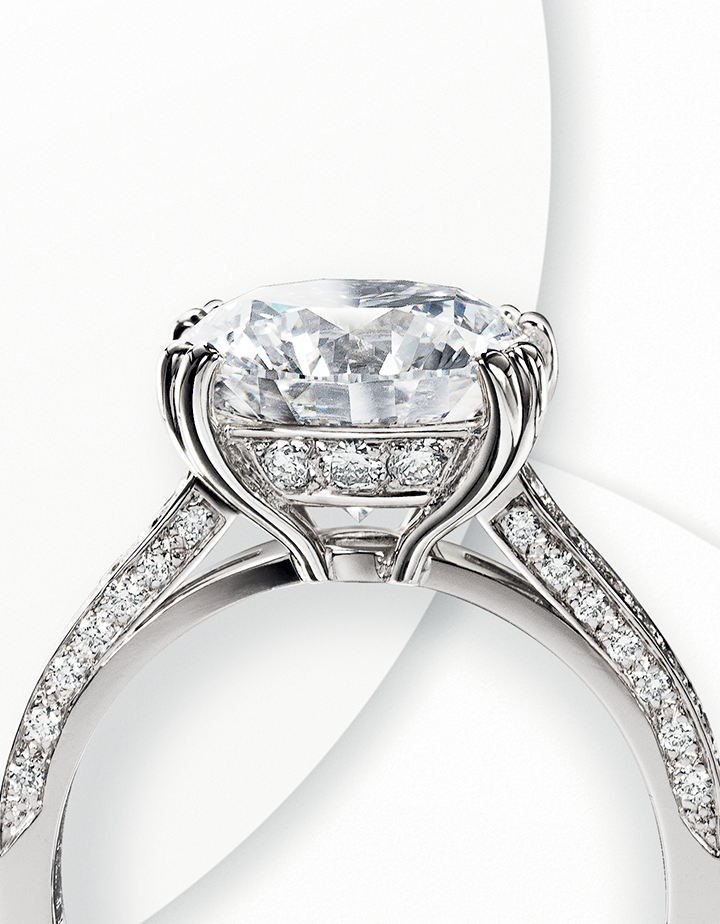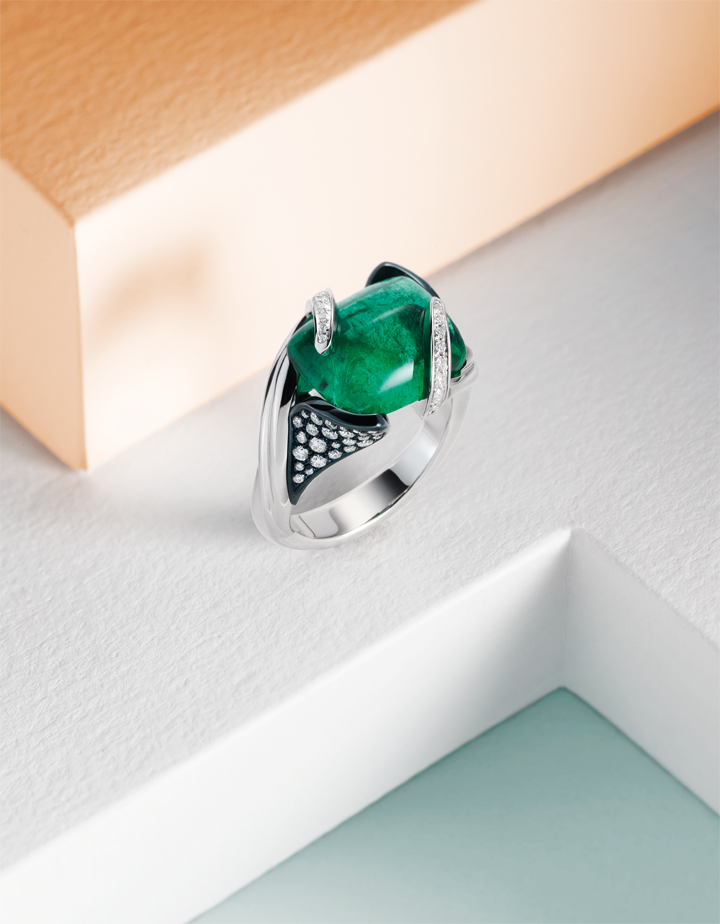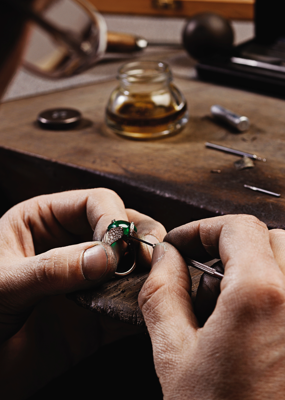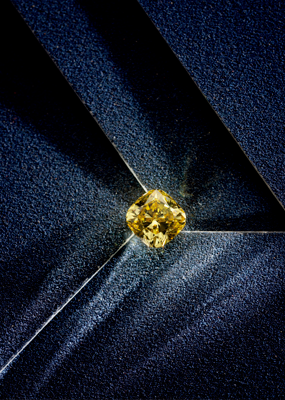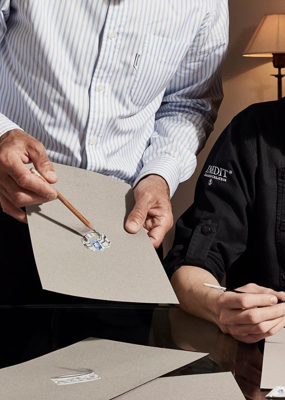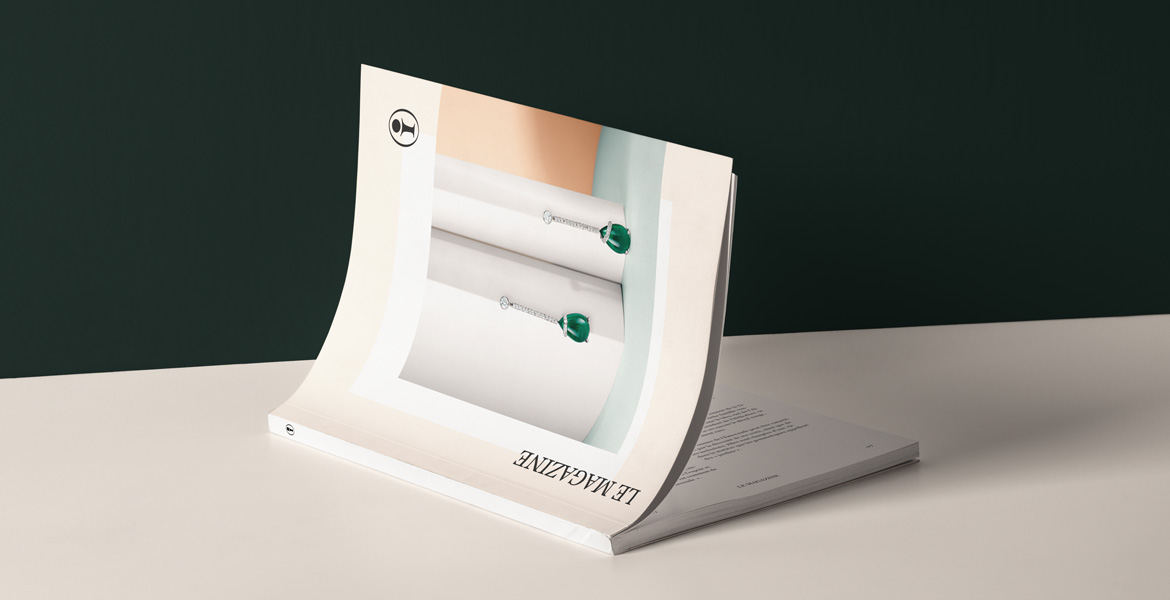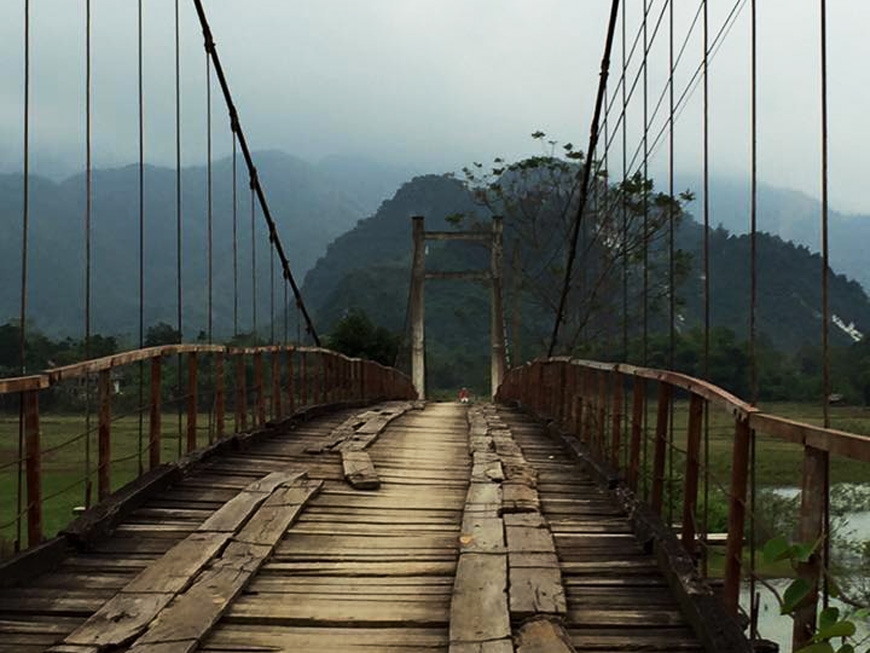Vietnam, between mines and gemstone market
December 2016 marks the start of Laurie's first adventure: the discovery of the mines in the Luc Yen region in North-East Vietnam.
Laurie had already taken us on a trip to Sri Lanka in a previous article. Today she tells us about her discovery of the open-pit mines and the Yen The gemstone market in Vietnam.
Luc Yen is known to find mostly exceptional Spinels (including Cobalt Spinels), but also Sapphires and Rubies as well as other minerals such as Tourmalines.
The Spinels family has a wide range of colors from purple to blue, pink and red. Spinels come from six countries in the world: Tanzania, Sri Lanka, Myanmar, Madagascar, Tajikistan and Vietnam.
The Cobalt Spinel, particularly rare, is found only according to one source: the mountains of An Phù in Vietnam. Neon blue is how the exceptional color of this gem is described. This blue, due to the strong presence of Cobalt in the material, is the purest, with no shade of grey or green, no other natural stone can match its intensity.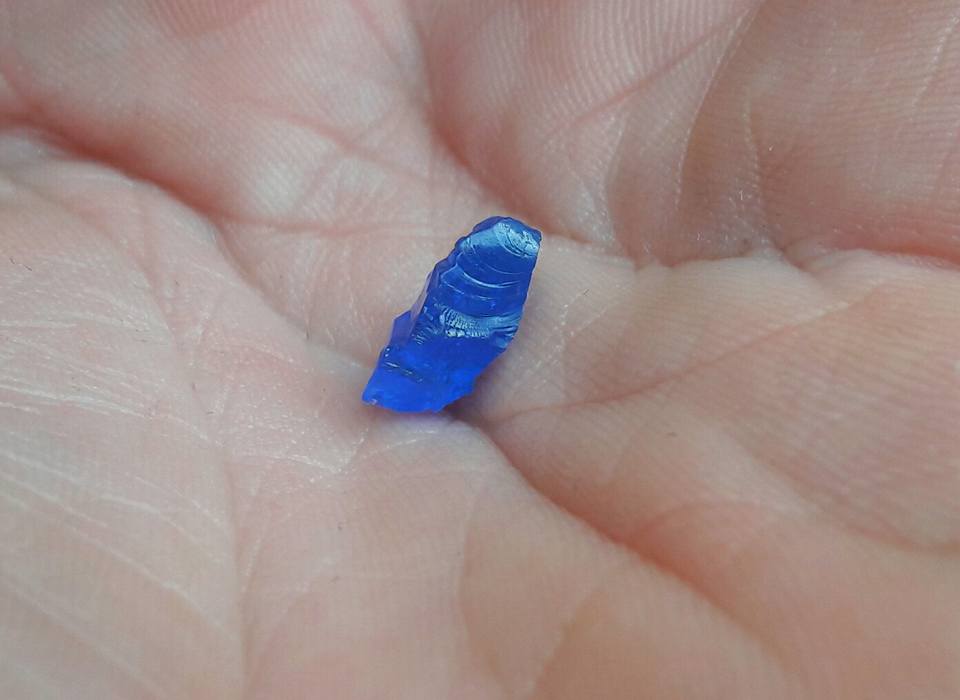 Crystal structure of Cobalt Spinel.
Crystal structure of Cobalt Spinel.
The finds are so small, that a gemstone of half a carat is equivalent to a treasure.
Because of this rarity, Cobalt Spinel sees its value skyrocket without limit for collectors.
It is after having criss-crossed the muddy paths of the mountains, that the first wooden huts and the famous open-cast mines can be seen.
The choice of the location of the mine is somewhat uncertain. Luck is the order of each day.
Indeed, the lack of technological device from the independent miners does not allow a soil study. Only valuable advice passed from generation to generation of miners.
The hope of discovering a "vein", in other words, a gem "source" is a daily quest.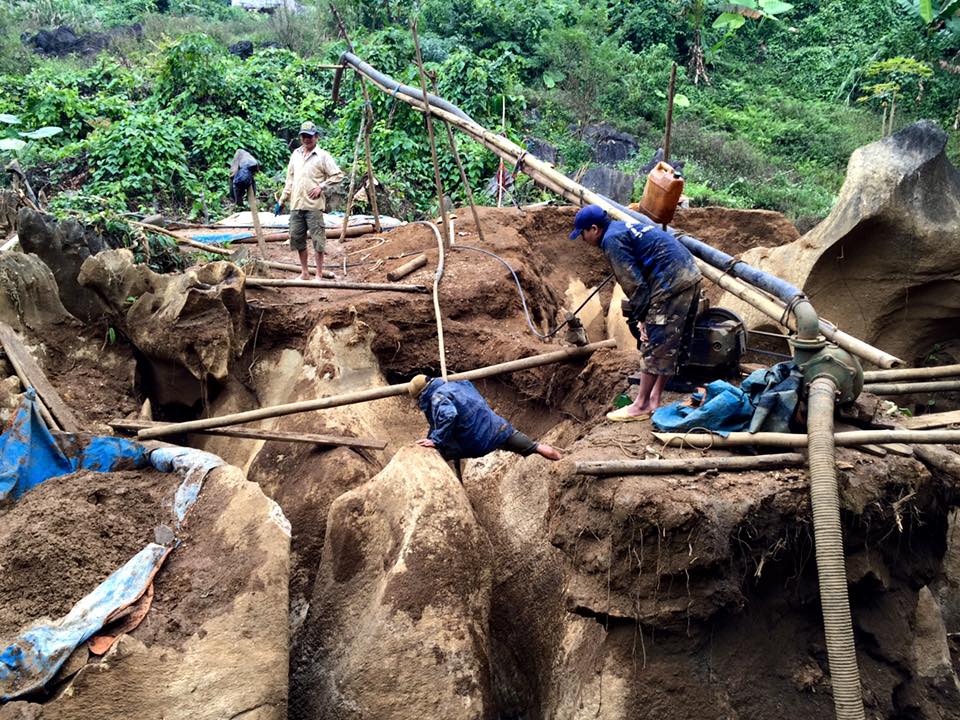 Luc Yen open-pit mine.
Luc Yen open-pit mine.
The aim of the exploitation is to extract the soil in order to make the gems appear. Pumping systems are set up by miners by diverting streams to irrigate a cleaning area.
The cleaning of the soil is a crucial step. It allows to separate materials by densities and to highlight the rough stones on the sieve.
Recognising gemstones is not easy, but their crystal structure and color give valuable clues.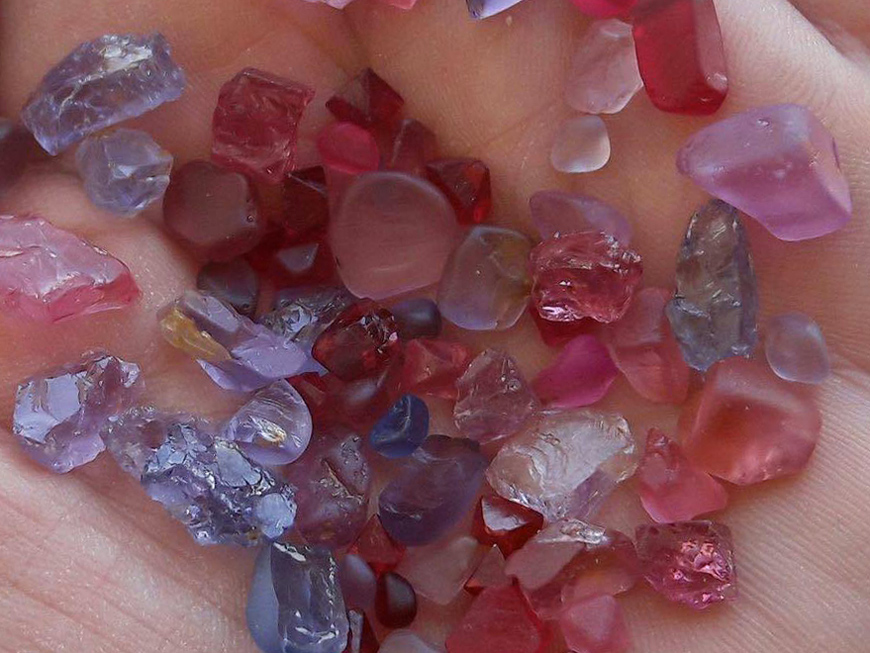 Roughs Spinels assortment.
Roughs Spinels assortment.
Once the roughs have been washed and collected, lapidaries cut or "pre-cut" them.
Then, it is the miners' wives who manage the stone trade at the Yen The gemstone market.
On small wooden tables and plastic stools, they offer these stones to local and national traders every morning. International buyers remain rare.
Patience in Vietnam is a real virtue and these tough negotiators do not hesitate to make the trade last several hours to reach their end.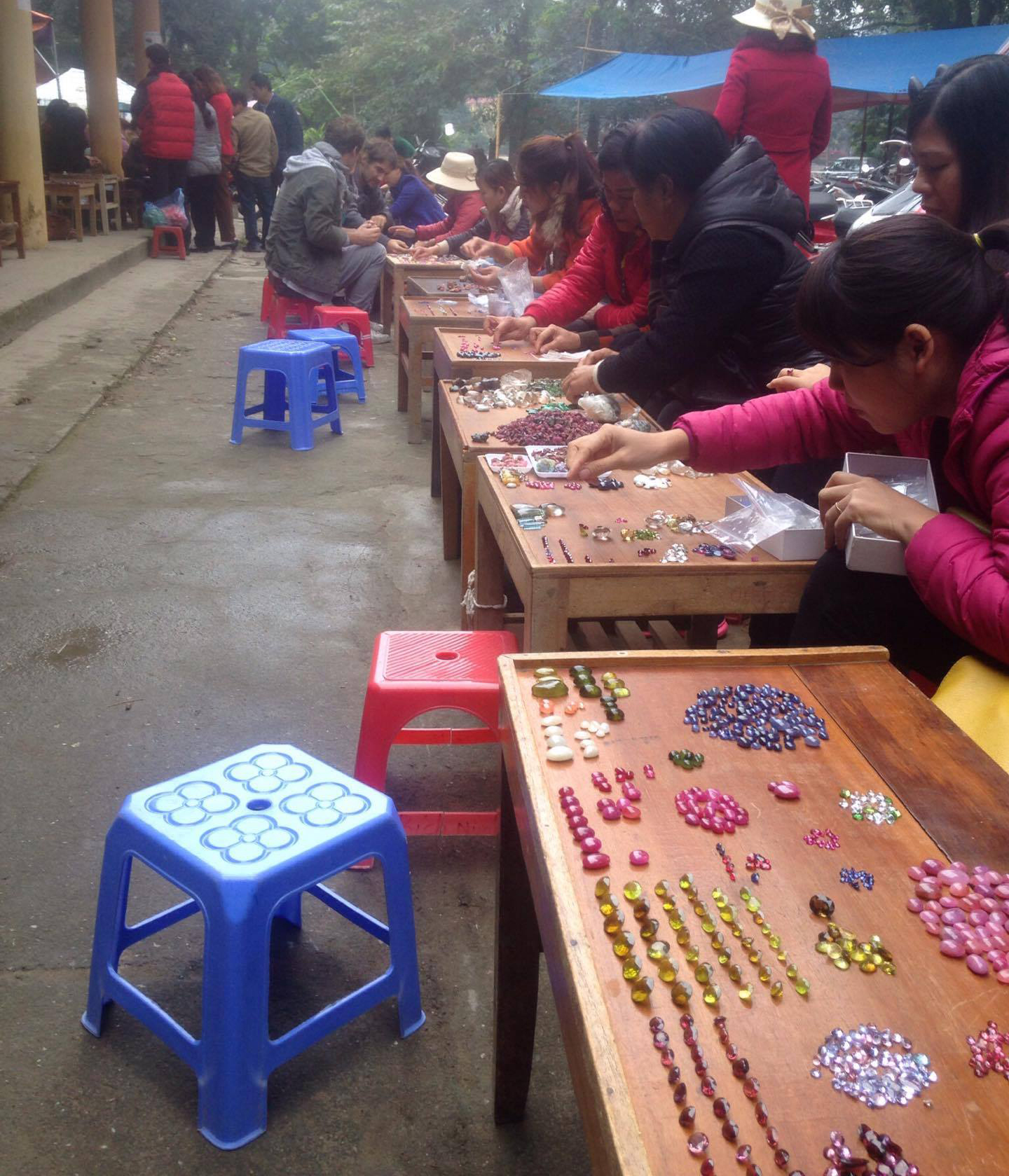 Yen The gemstone market.
Yen The gemstone market.
A word from Laurie after this field experience:
Vietnam was my first gemological field trip. Nothing better than going into practice the day after obtaining my gemology diploma at the Gemological Institute of America laboratory in Bangkok.
I fell in love with the conviviality of the locals, the virgin nature surrounded by its young mountains with sharp summits, the delicious Vietnamese soups called "Phò", the discovery of mining by independent people with the means available, an experience which enriched me a lot.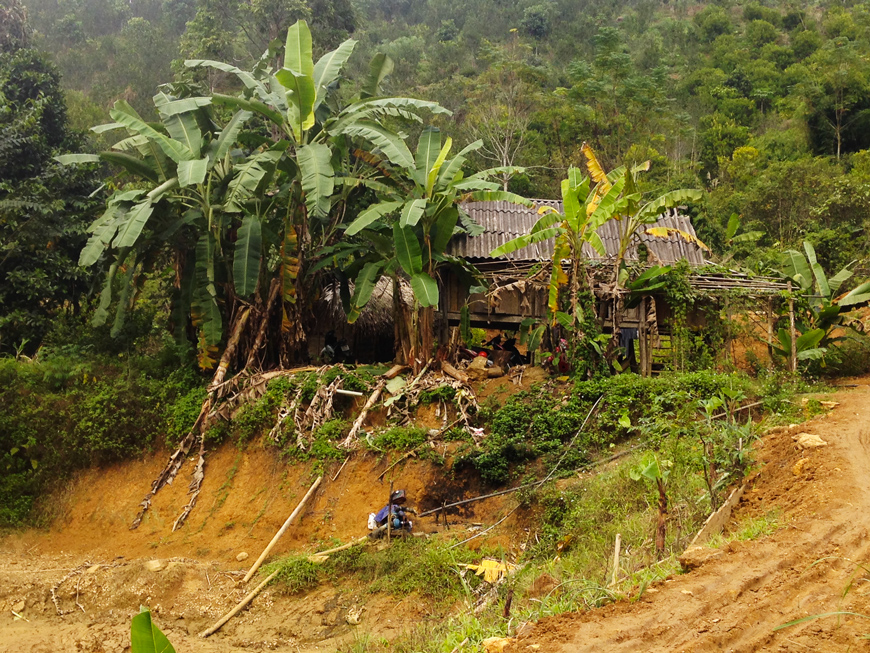
Crédit photos : ©Laurie Boizard 2016.
